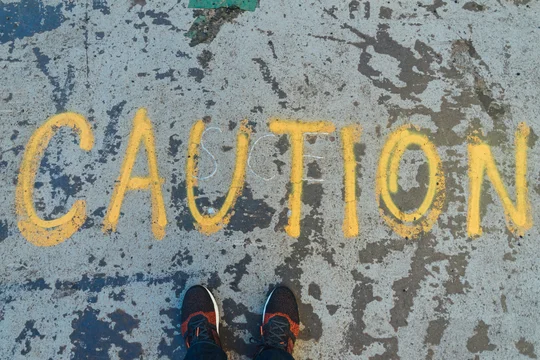
It's usually risky to send long, unsolicited letters to the Court seeking relief, particularly with extensive argument. Generally you are well served to keep letters short and limited or you may annoy the Court.
The Court frequently says that it prefers parties to make requests for relief by motion rather than letter. This is even included most (maybe all) of the judges' form scheduling orders:
Applications by Motion. Except as otherwise specified herein, any application to the Court shall be by written motion. Any non-dispositive motion should contain the statement required by Local Rule 7.1.1 [that the parties have verbally met-and-conferred with local counsel on the line].
But the Court doesn't always enforce this. It's not uncommon for parties to seek certain relief by contacting the Court by letter or even by phone (e.g., for requests to reschedule a hearing, for requests to hold a status conference, or to follow up on a previous discovery dispute conference).
And it certainly doesn't apply to some motions, including oral motions during trial, like a party's Rule 50(a). It can be hard to know where the line is for "do we need a written motion"?
That's why I noticed the Court's order last week in San Rocco Therapeutics, LLC v. Bluebird Bio, Inc., C.A. No. 21-1478-RGA (D. Del.). The defendant in that case won on claim construction of an important claim term, and then filed an 8-page, single-spaced letter requesting early summary judgment.
Like most scheduling orders, the scheduling order in San Rocco set a deadline for summary judgment, and said that early SJ motions are not permitted:
10. Case Dispositive Motions. All case dispositive motions shall be served and filed on or before December 6, 2024. No case dispositive motion under Rule 56 may be filed more than ten days before the above date without leave of the Court.
Id., D.I. 101.
The defendant, however, believes it has a non-infringement argument after the Court's claim construction, and its letter sought leave to file an early SJ motion.
Arguably, this should be a motion to amend the scheduling order, subject to a Rule 16 good cause standard, and subject to the LR 7.1.1 meet-and-confer requirement.
The letter, however, did not outline the rules or the standard, and instead focused on the merits of their proposed summary judgment motion. Id., D.I. 170. The defendants briefly argue that plaintiff has admitted their product does not literally infringe, and then sets forth at length why they think plaintiff should be precluded from arguing infringement under the doctrine of equivalents.
The other party's opposition letter called the defendant's letter "improper and unilateral," pointed out the fact that the scheduling order requires applications to be by motion, and that the other side had not met and conferred as required by LR 7.1.1. They asked for an opportunity to respond if the Court is willing to entertain the request by letter, but they didn't respond on the merits.
Looks like that turned out to have been a mistake. The Court instead granted the request (more or less) in a short oral order:
ORAL ORDER: I have read the parties' letters. (D.I. 170 , 171 ). It appears as though early summary judgment is warranted for any motions relating to legal impediments (or the lack thereof) to Plaintiff's assertion of the doctrine of equivalents. Either side can file such a motion at any time in the next thirty days but only after giving the opposing party seven days notice that such a motion will be filed. Any briefing will count against the 40-40-20 limits set forth in the original scheduling order. (D.I. 101 [¶] 10). Ordered by Judge Richard G. Andrews on 7/18/2024. (lah) (Entered: 07/18/2024)
Id., D.I. 176.
There are a couple of interesting points about this order, too:
- It looks like the Court only granted early summary judgment "relating to legal impediments (or the lack thereof) to Plaintiff's assertion of the doctrine of equivalents"—but Defendant had asked for (case-ending?) early SJ of no infringement, literal or by doctrine of equivalents.
- The order points out that pages spent on this motion will come out of the parties' SJ pages. That's helpful, because often parties forget that, or aren't on the same page about it, and it can be a mess.
- It requires 7 days notice. Typical SJ motions require (and involve) no notice whatsoever.
This is a great result for the defendant. Parties often want early summary judgment, but it can be tricky to get. They'll likely try to file their SJ motion as soon as possible—while the Court set a deadline for them to file, there is no timeline on a decision, so the earlier they file the better the chance that it will be effective in cutting costs if they win.
I'm not sure this technique (a lengthy letter seeking early SJ) would necessarily work for other cases before other judges. I think it worked well here because the Court had just issued the claim construction opinion that touched on a lot of the same issues.
But one worthwhile takeaway is that it could be better to respond to these kinds of letters with more than just "the letter is procedurally improper" (even if it is). It may be worth responding on the merits as well, or you could miss your shot.
If you enjoyed this post, consider subscribing to receive free e-mail updates about new posts.






